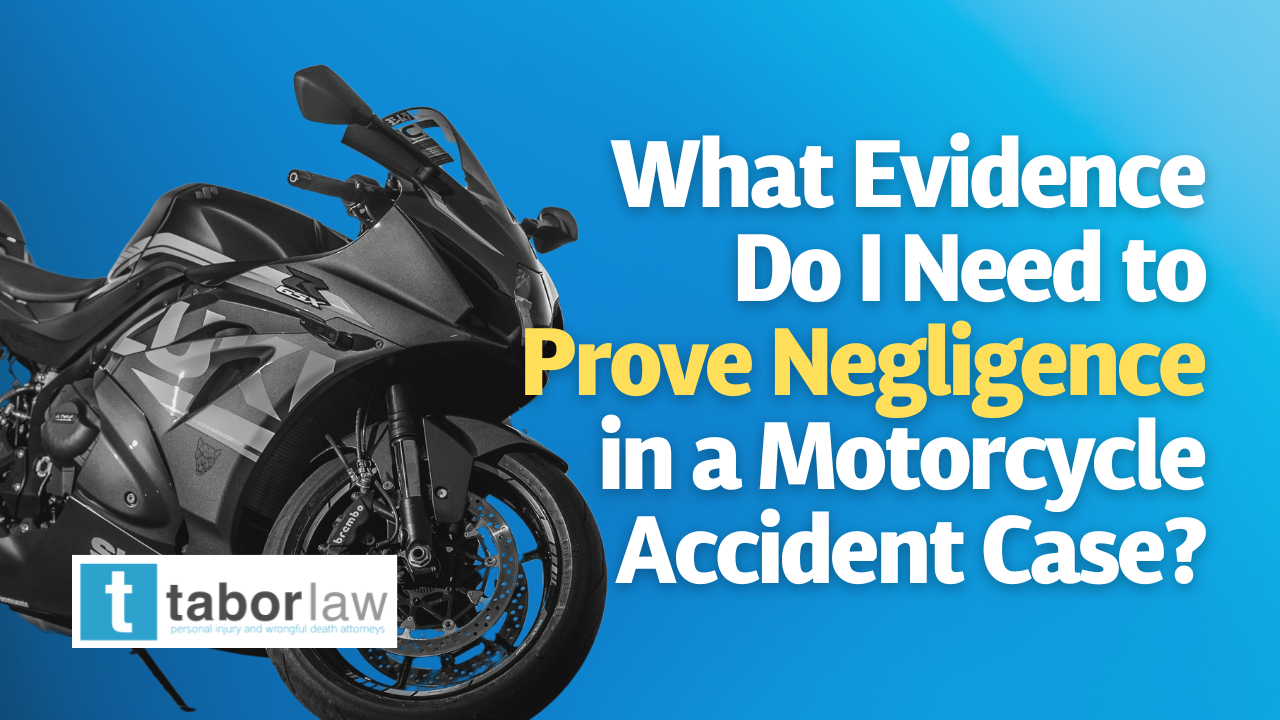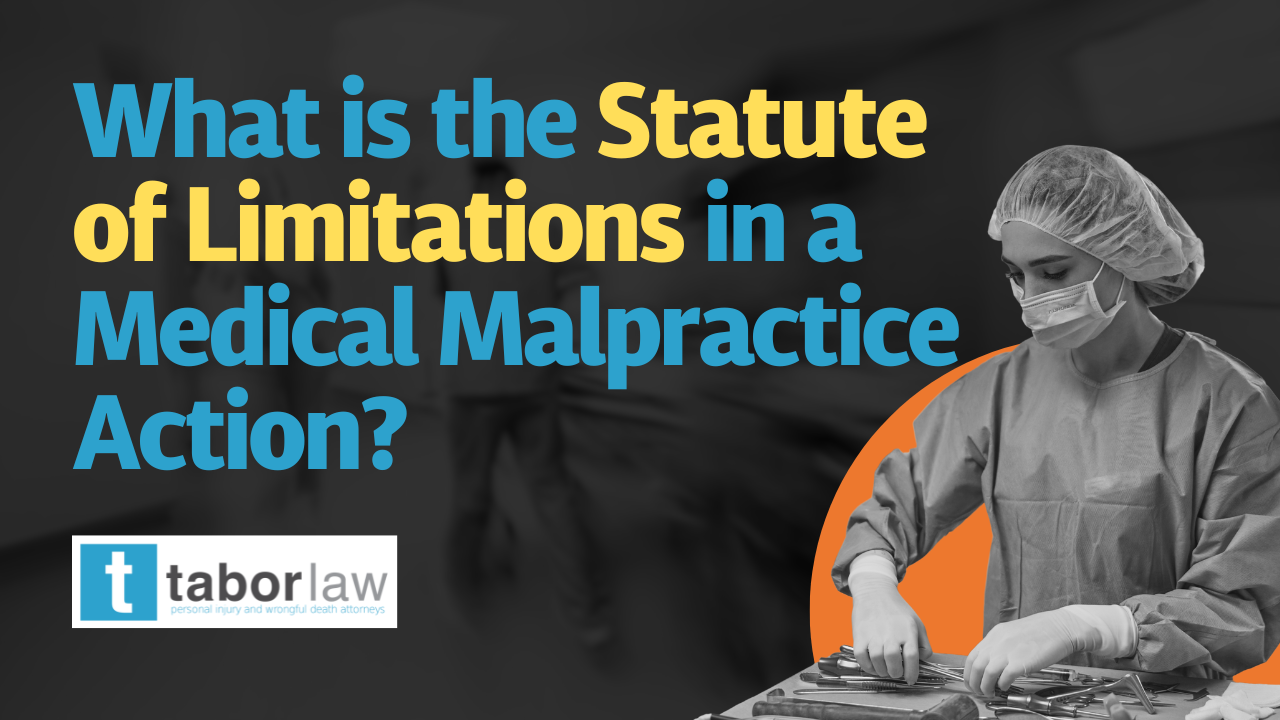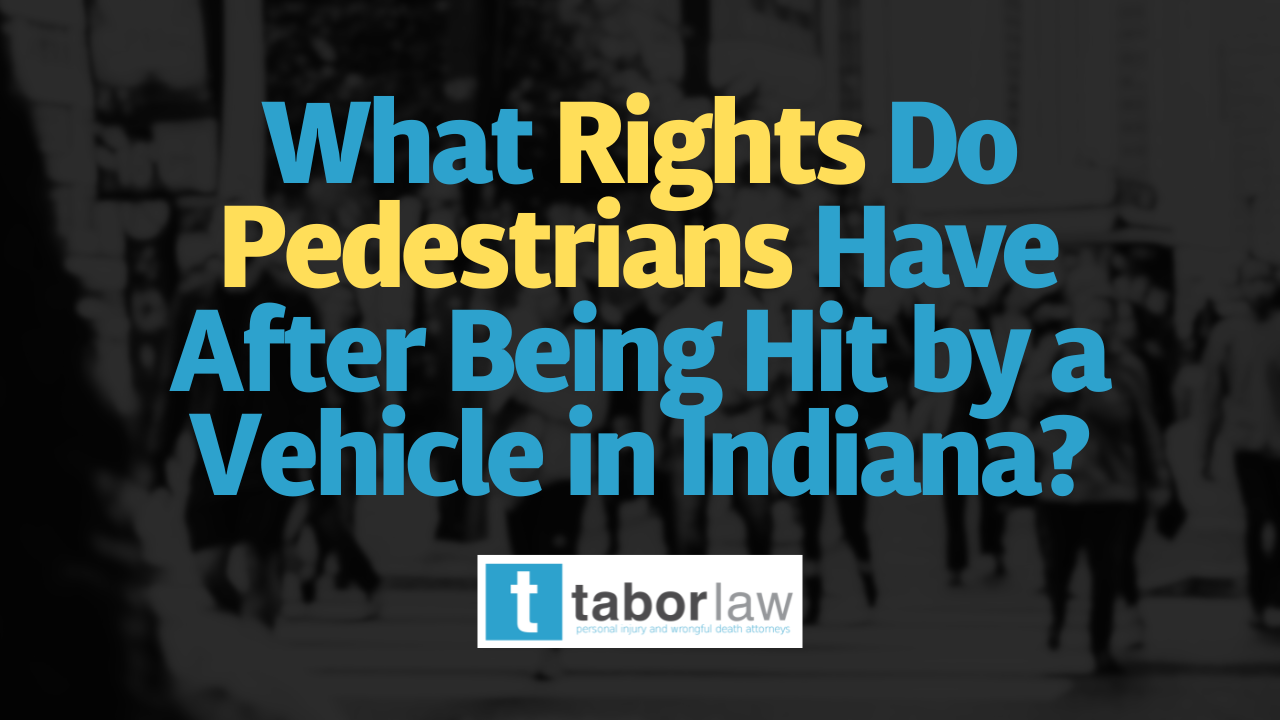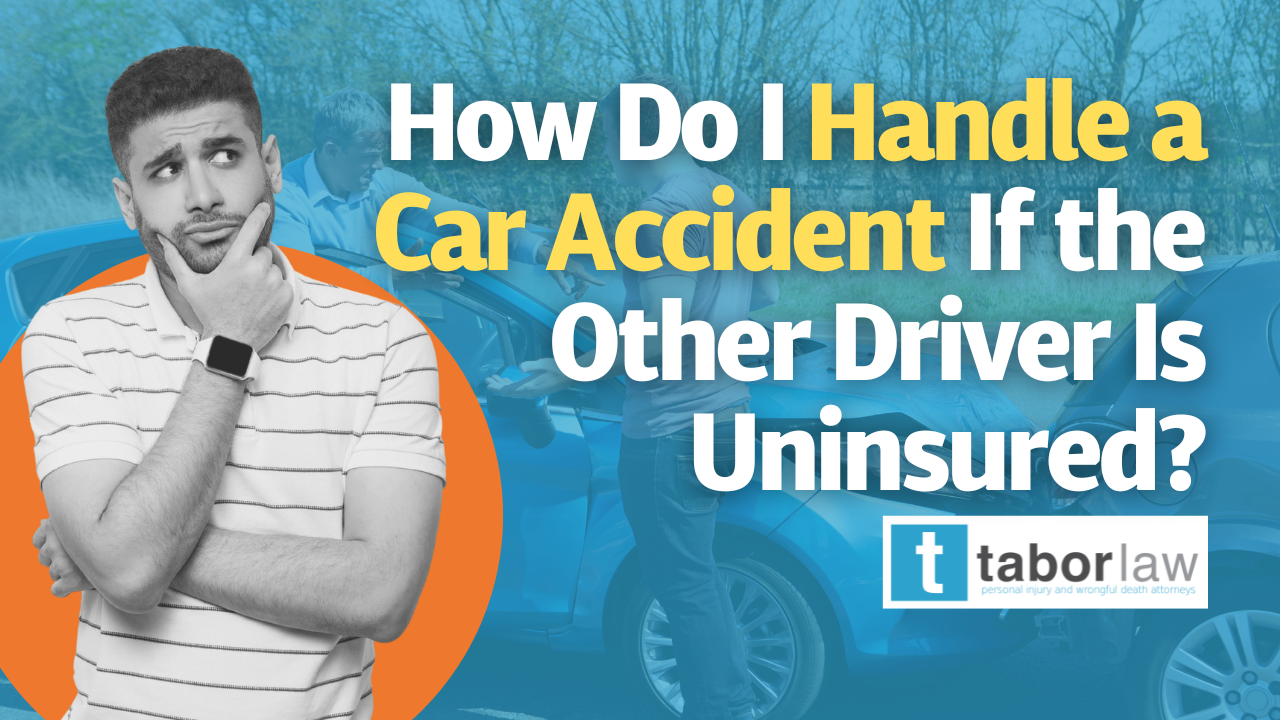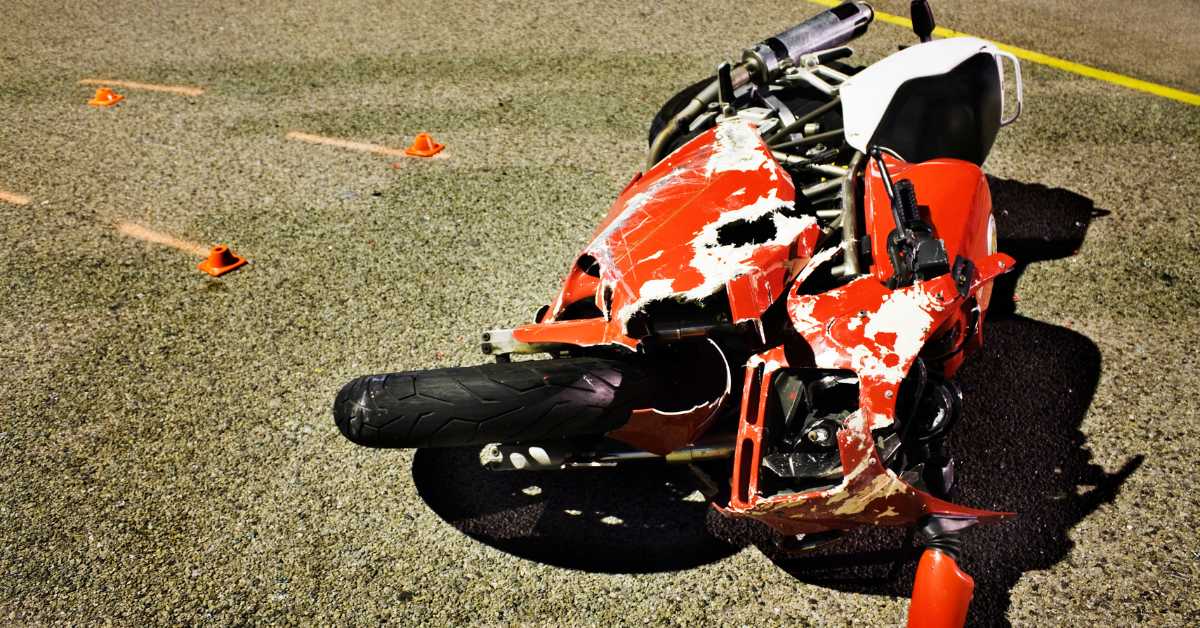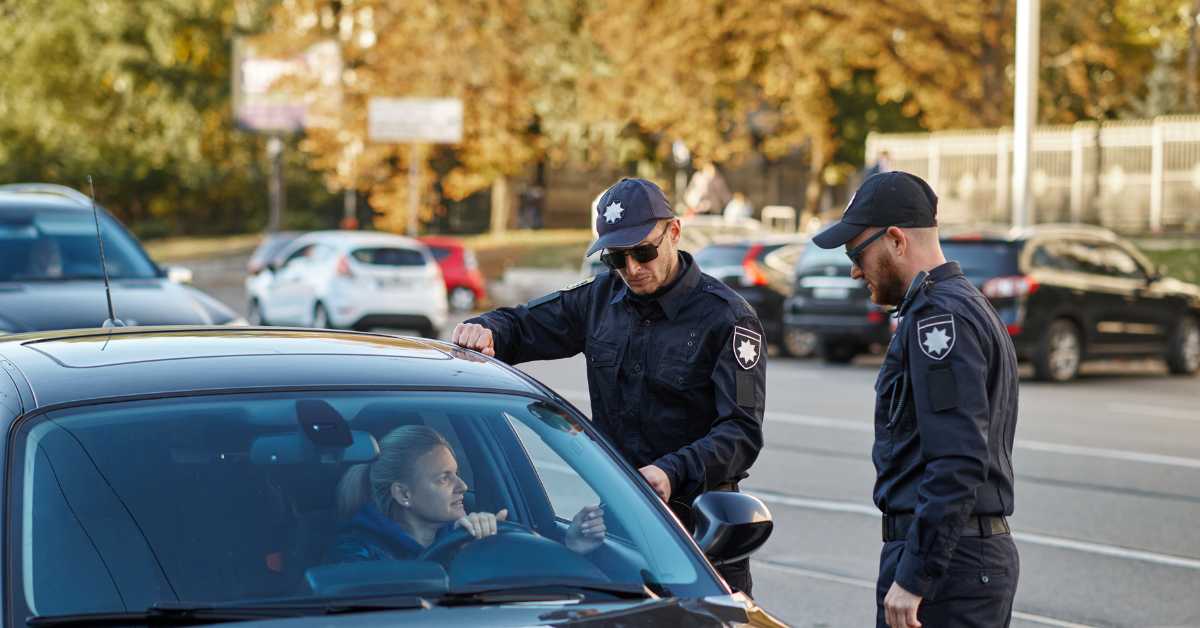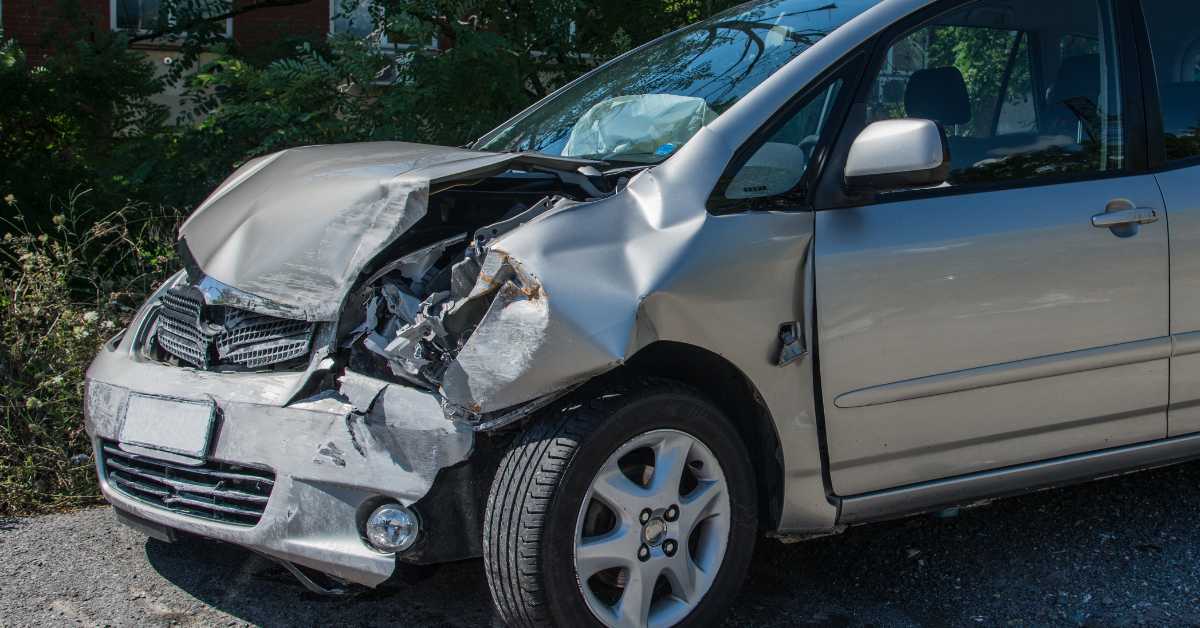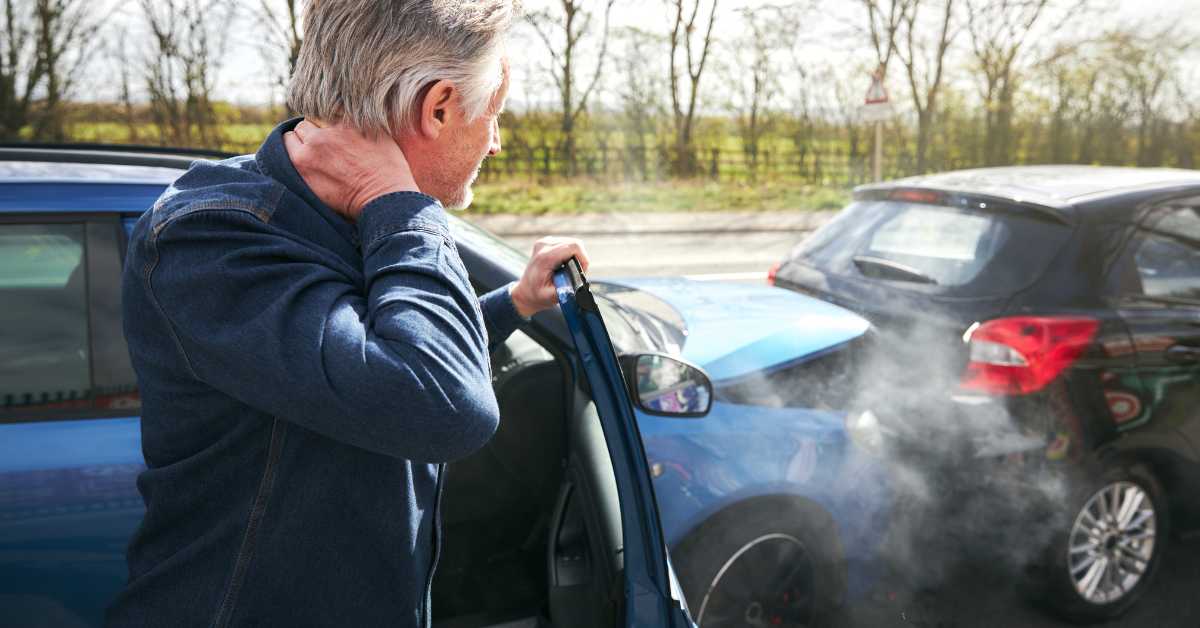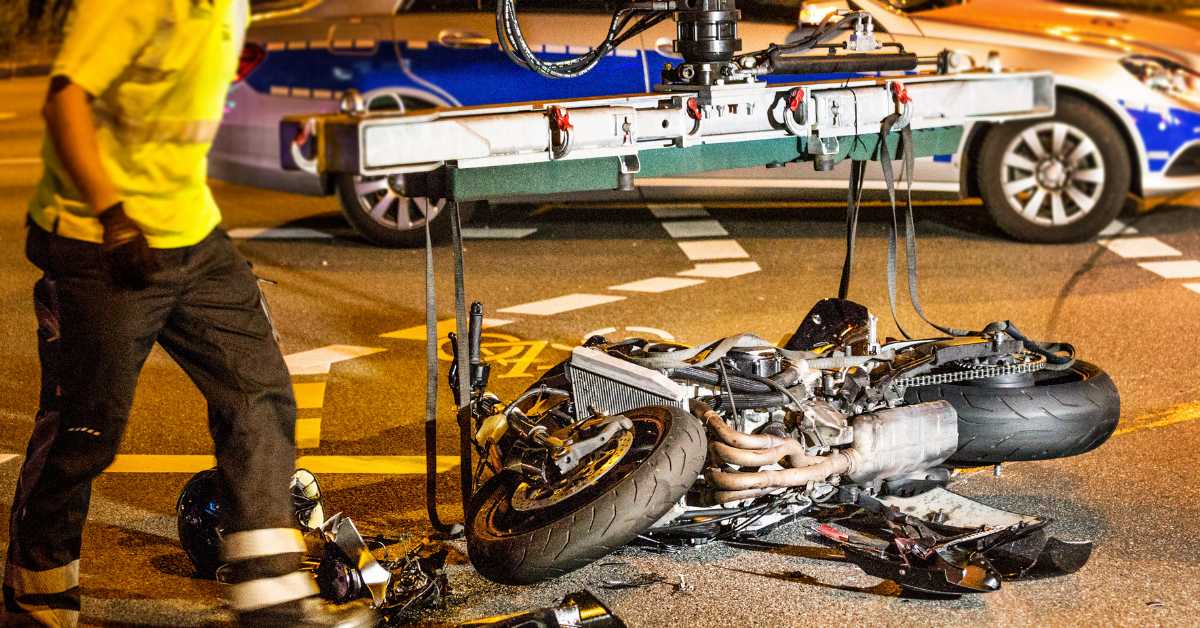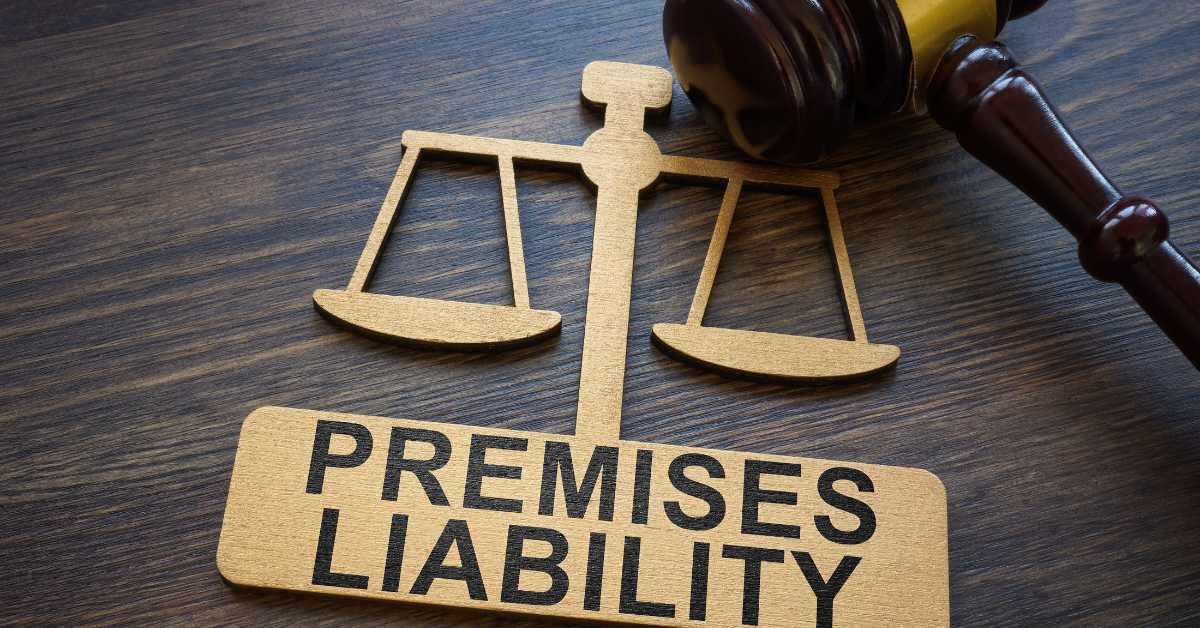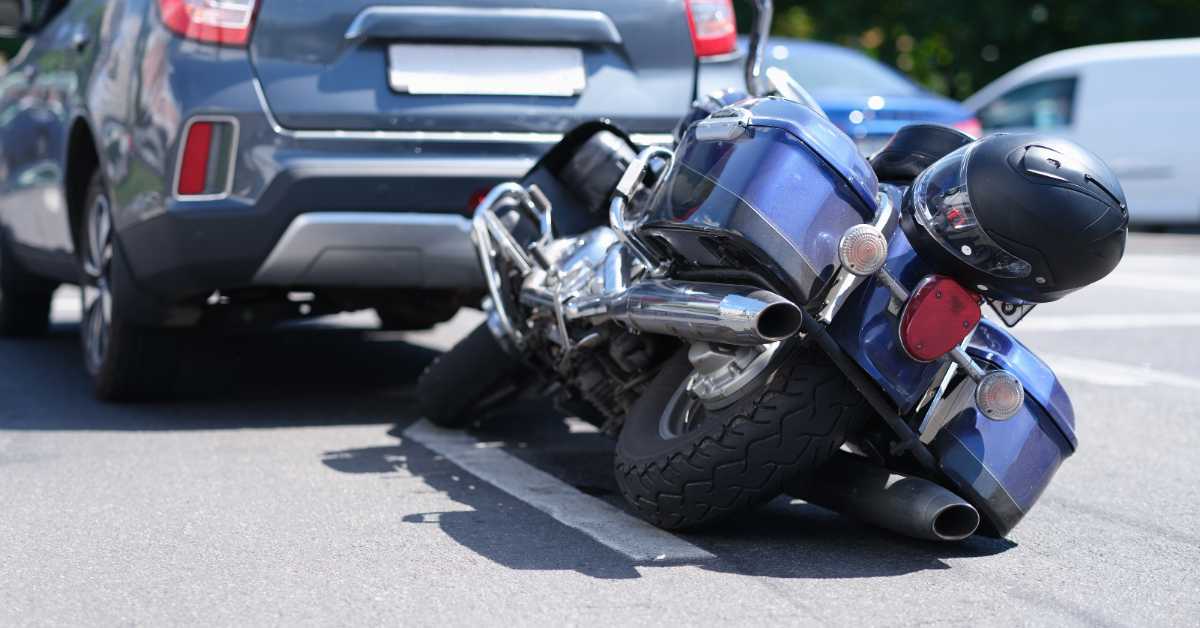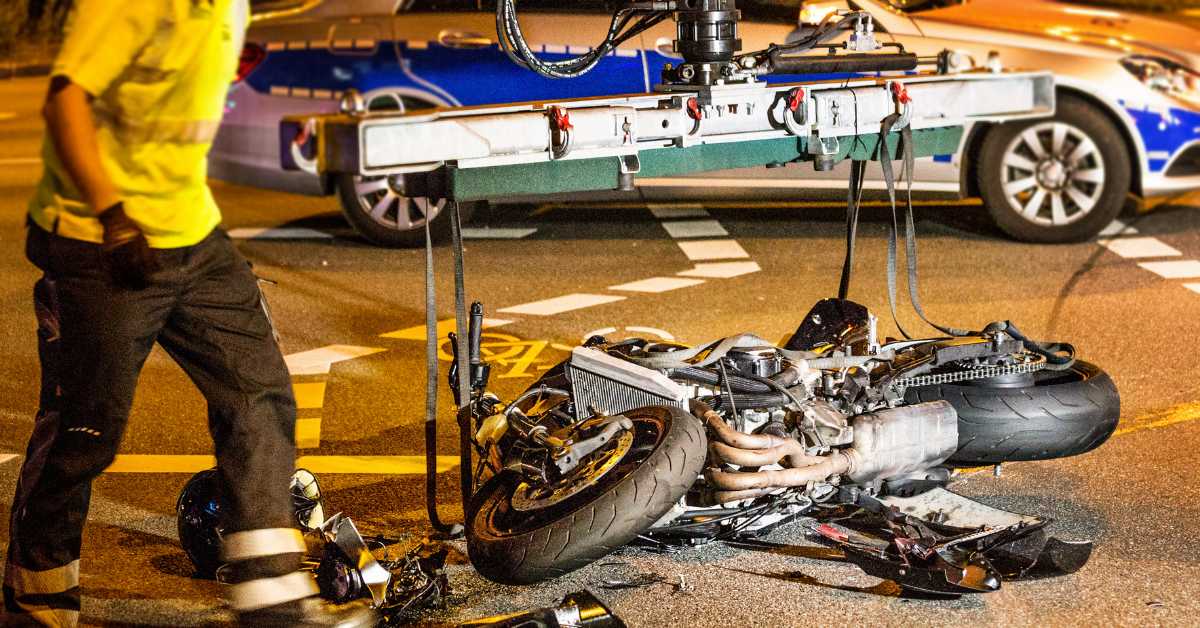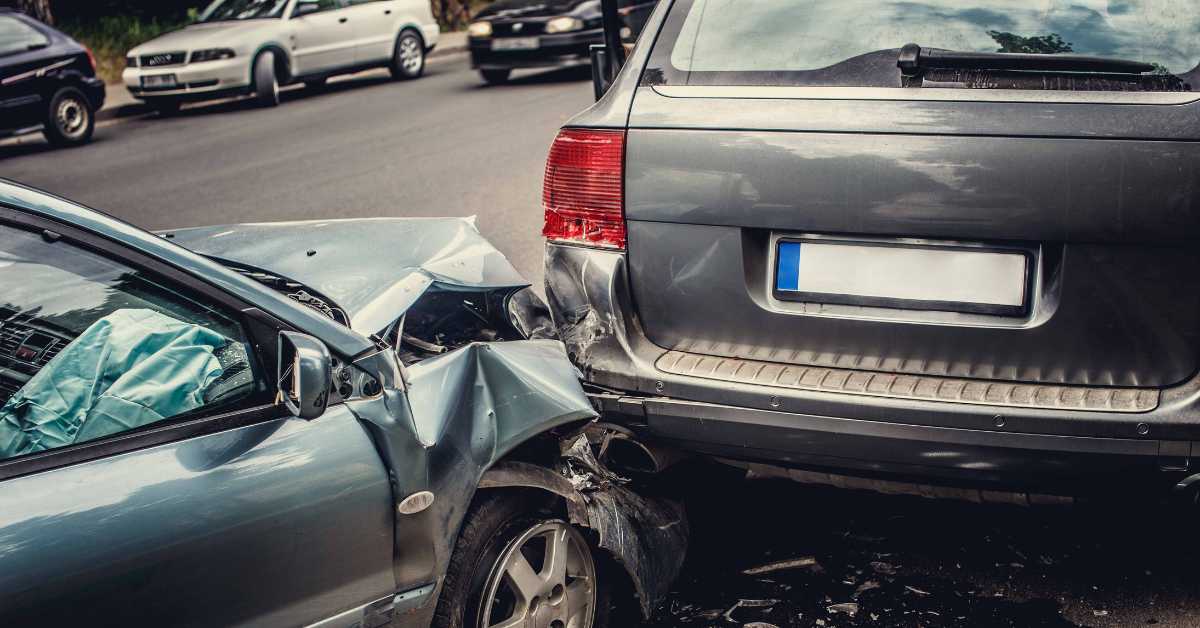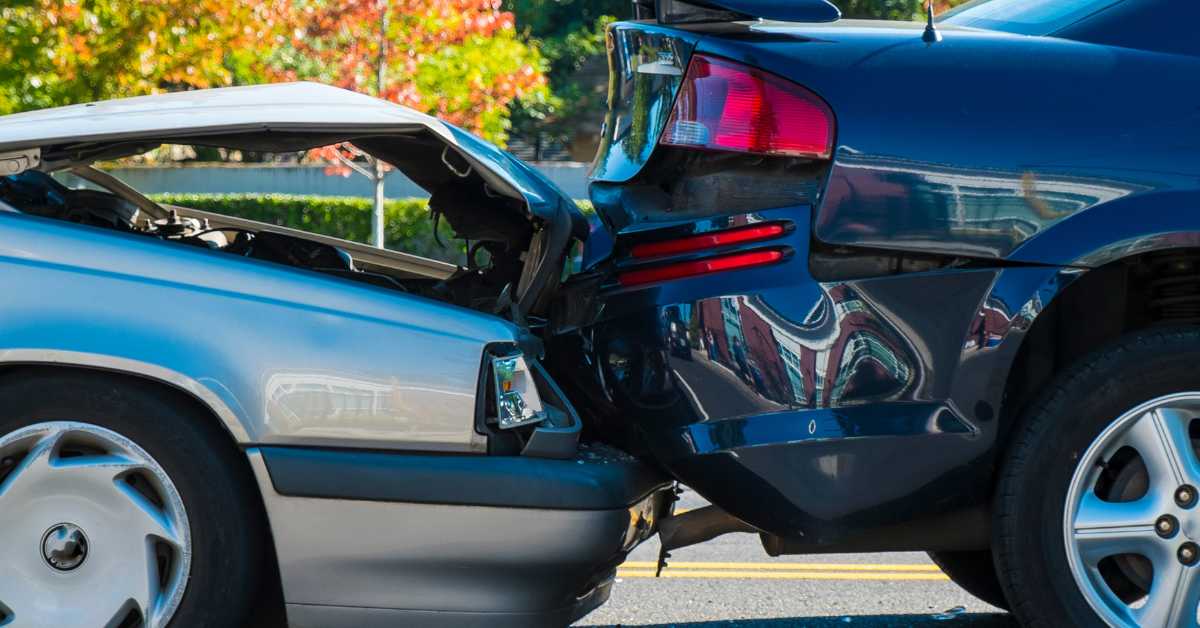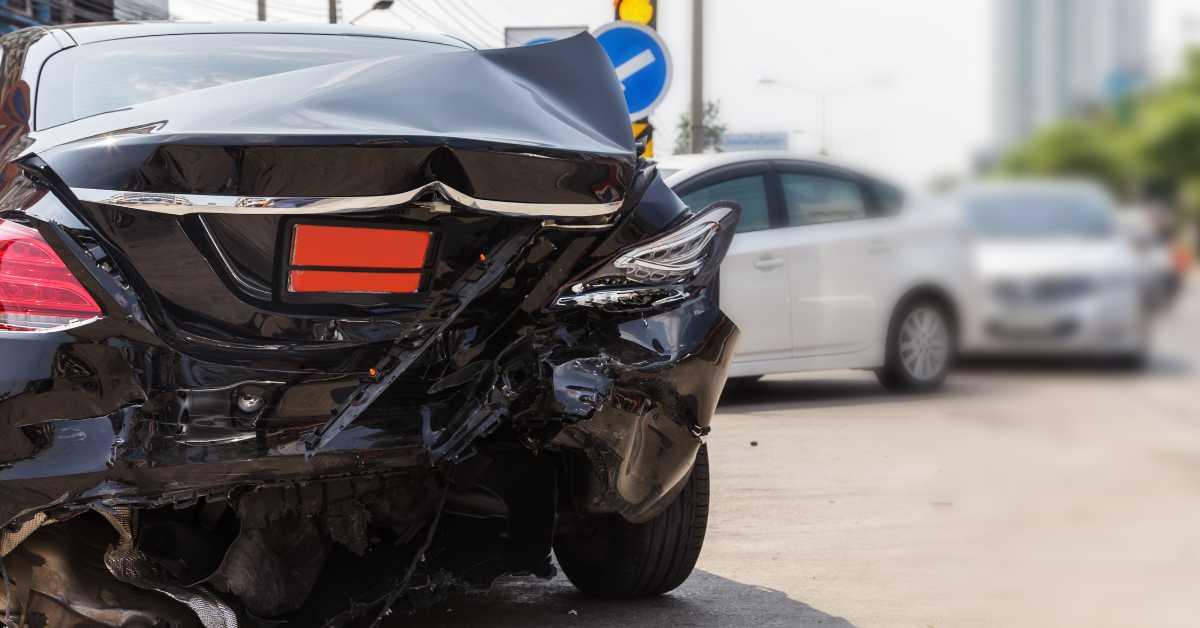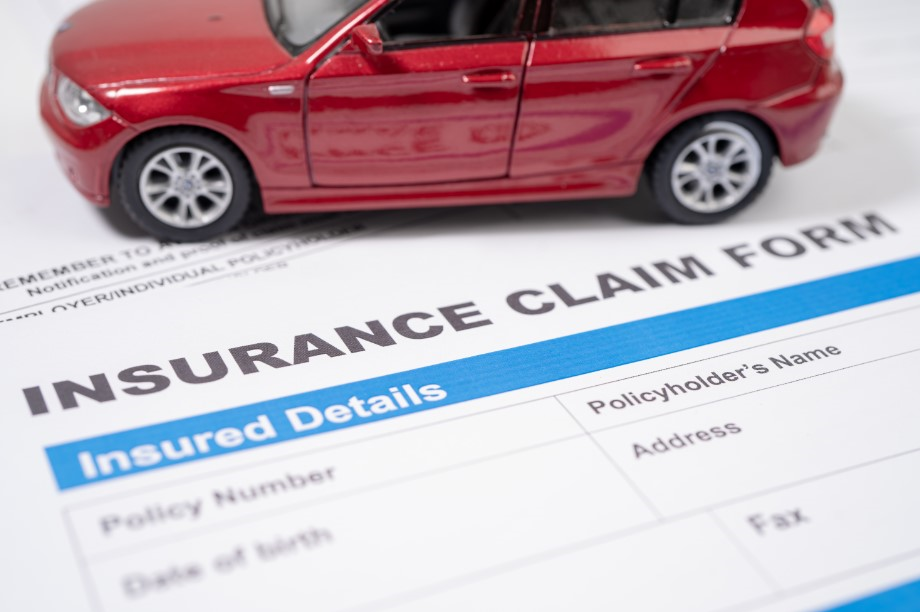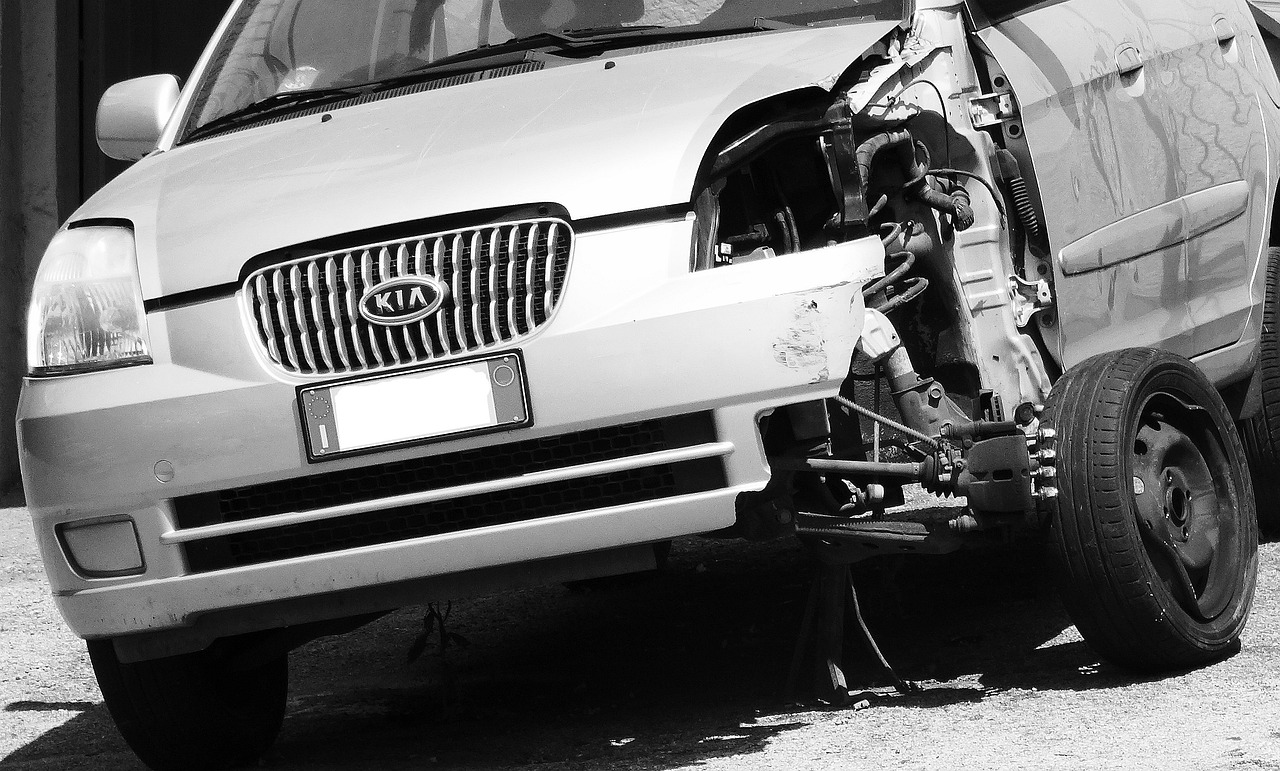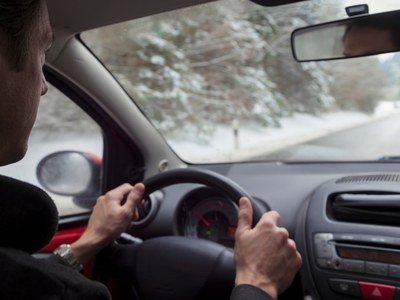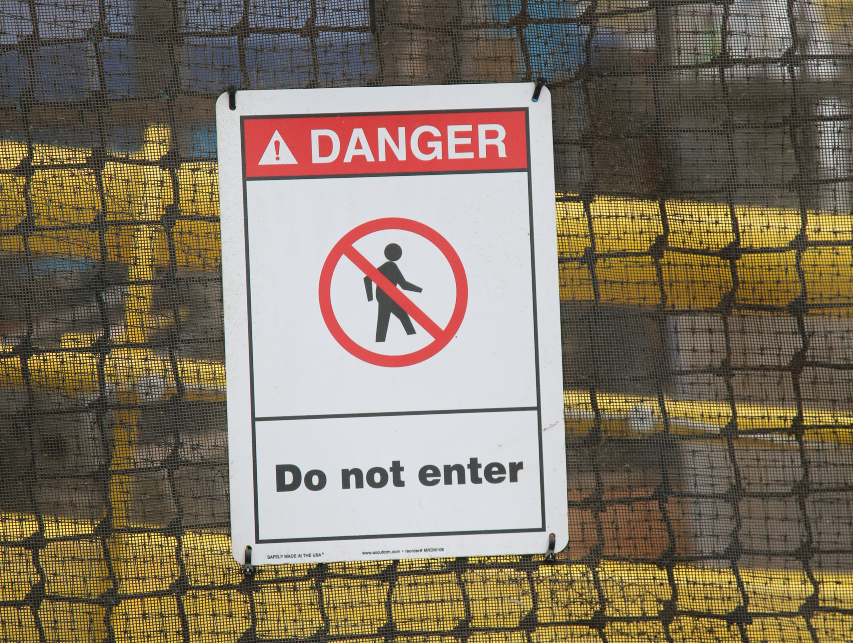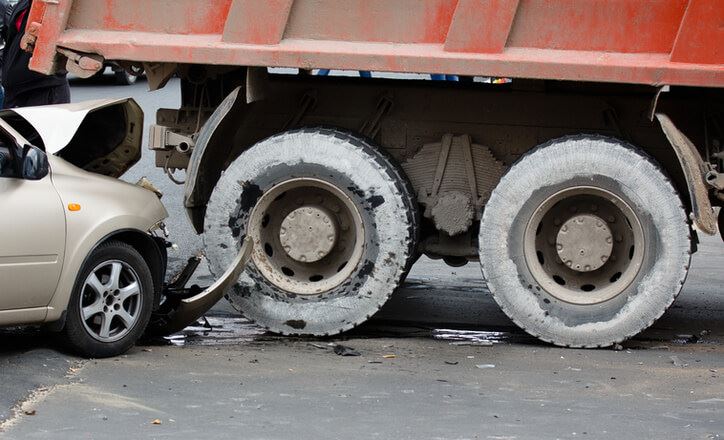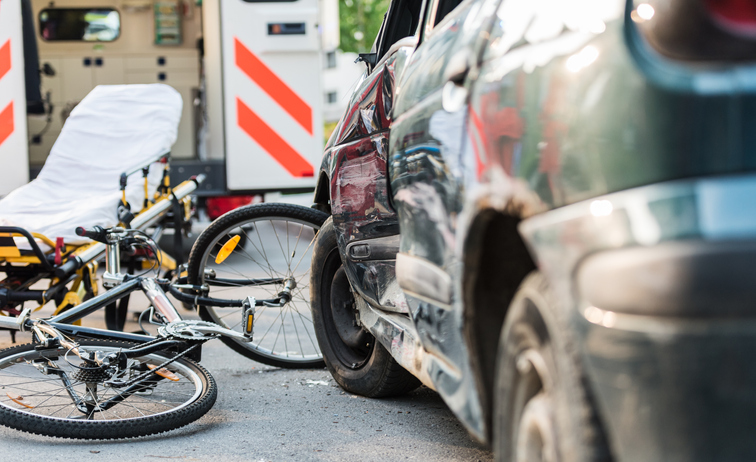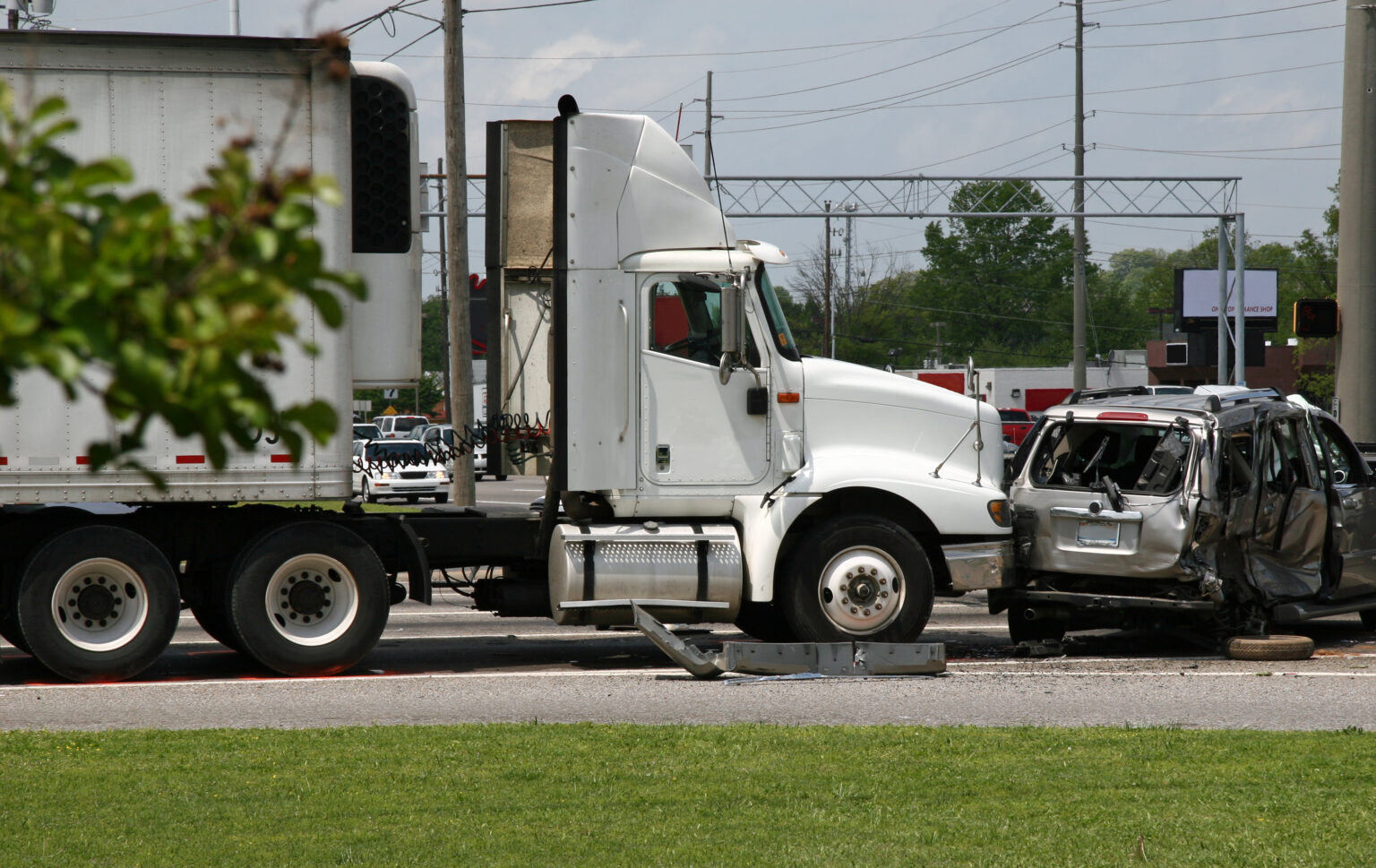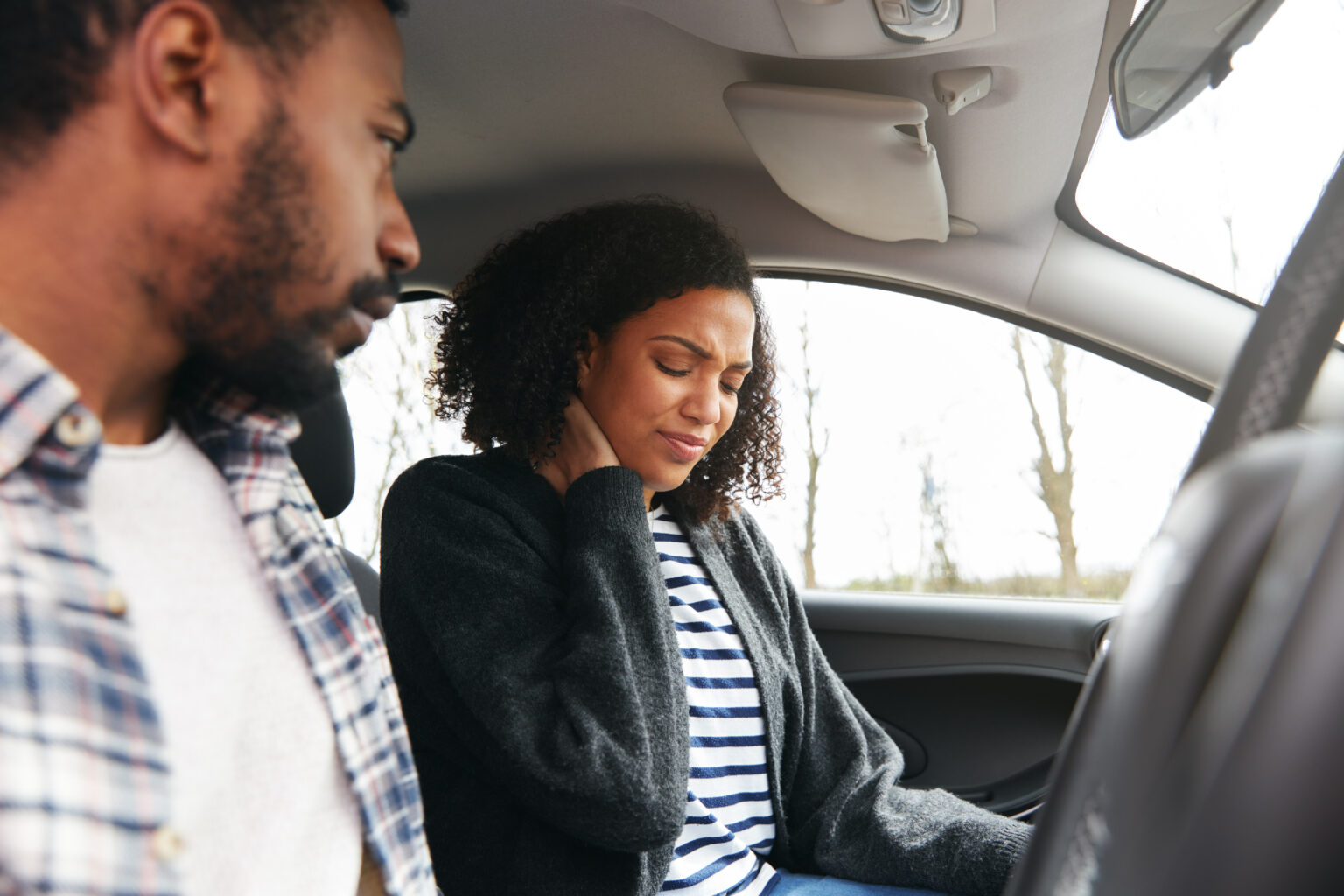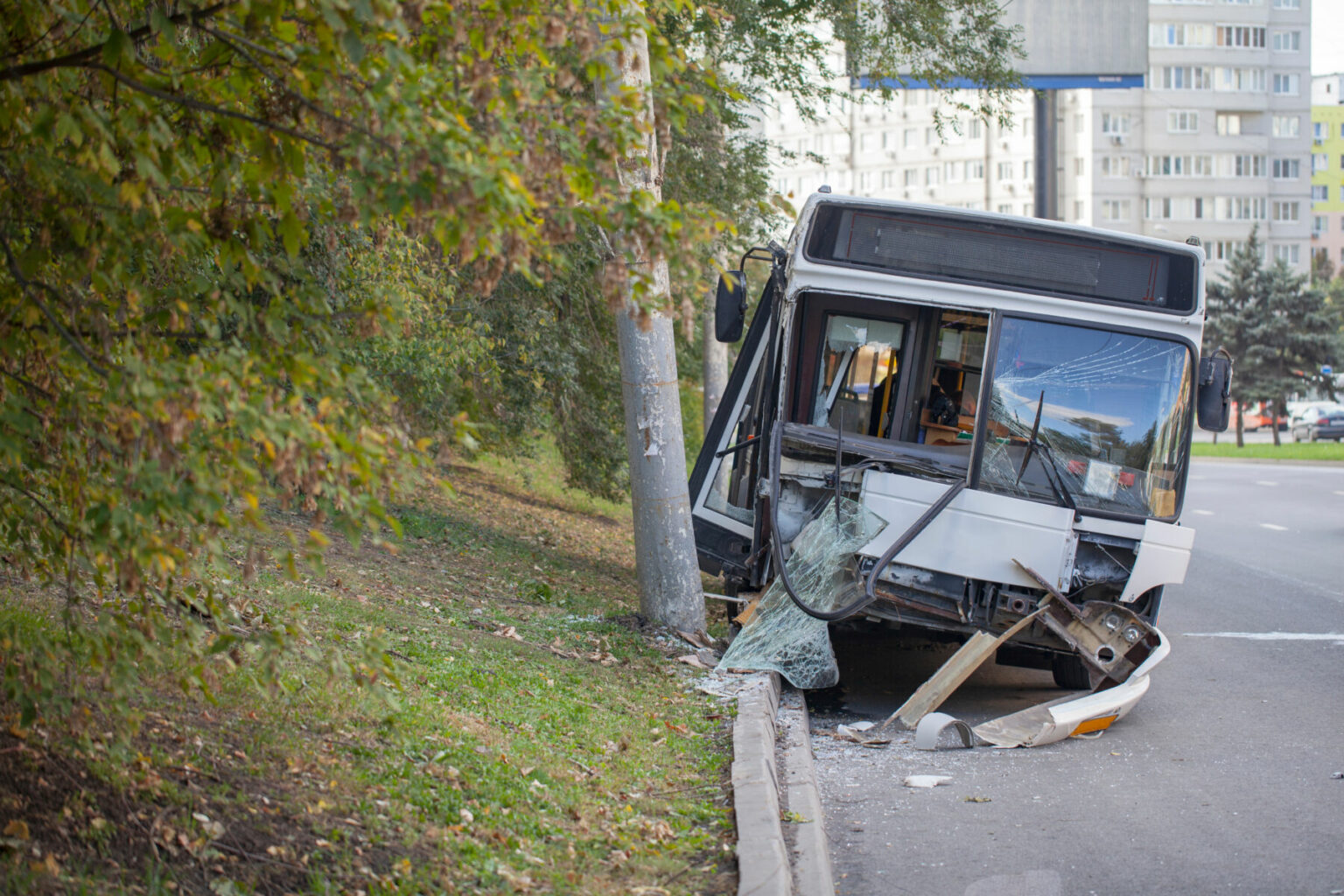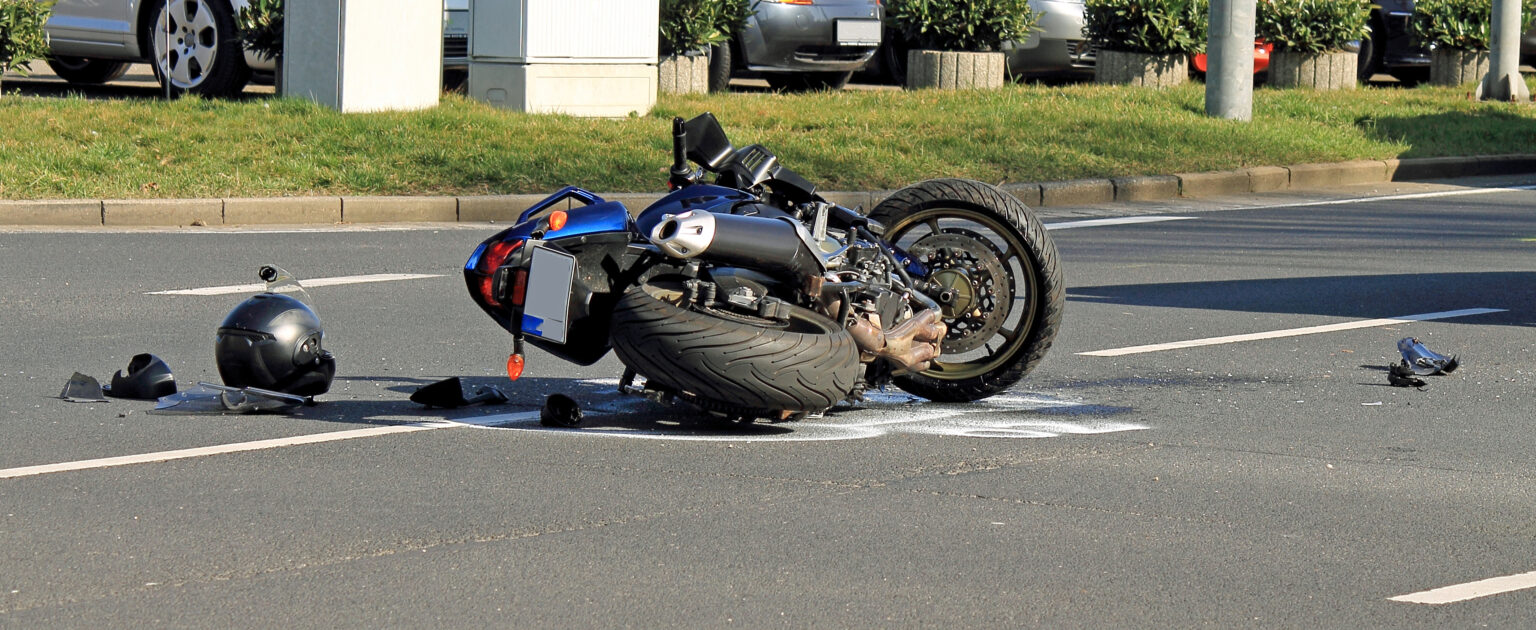Determining Fault in a Pedestrian Injury Case

At a glance, it might seem like a pedestrian accident involving a vehicle should be easy to resolve: Someone driving some vehicle hits a pedestrian in the road. Pedestrians always have the right-of-way, so surely the driver is totally at fault, right? Well, no – it’s not quite that simple, for reason’s we’ll explain below.
Pedestrian Laws in Indiana
Indiana’s right-of-way laws determine who has the legal right to proceed in traffic under certain circumstances. In many cases, an accident occurs because someone who didn’t have the right-of-way assumed that they did. The result can be disastrous and even deadly – especially when a pedestrian is involved.
In Indiana, pedestrians have the right-of-way when crossing an intersection or a marked crosswalk, but they are not legally required to only cross at these points. This means that pedestrians may cross pretty much anywhere along a road, but they must yield the right-of-way to drivers when doing so. Keep in mind that local ordinances may differ from the statewide status quo on this issue.
A pedestrian also can’t leave the curb or move from a place of safety into the path of a moving vehicle if the driver is too close to safely stop. Additionally, all pedestrians are responsible for obeying traffic control devices and instructions from police officers.
If a pedestrian violates any of these laws and is injured in an accident, they can share fault, but the driver isn’t off the hook.
How Fault Is Determined in a Pedestrian Accident
If a pedestrian is injured in an accident with a driver, they must prove the driver’s fault. This is accomplished by establishing that the driver’s negligence was responsible for the accident.
Establishing negligence requires three elements in a pedestrian injury case:
- The driver owed the pedestrian a duty to exercise reasonable care. If the driver wasn’t obeying traffic laws or acting with reasonable care to avoid an accident, they can be held liable for violating this duty.
- The driver factually breached the duty to exercise reasonable care.
- The driver’s negligent behavior caused the pedestrian’s injuries.
Modified Comparative Fault
Earlier, we discussed how a pedestrian can share fault with a driver for the accident. Indiana is a modified comparative fault state, which means that the plaintiff’s portion of fault can reduce the damages they win in the lawsuit.
For example, if a pedestrian suddenly ran in front of a car from the side of the road, the pedestrian will be probably be assigned a certain percentage of fault for the accident. This amount of fault will factor into the maximum amount of damages they can recover from the driver in a lawsuit.
Under modified comparative fault, if a plaintiff is found to be more than 50% at fault for the accident, they are prohibited from recovering any damages. In this case, it may even be possible for the defendant to win damages for property damage or their own injuries.
Do You Need Legal Assistance?
If you were involved in a pedestrian accident, our legal team at Tabor Law Firm can help. As a full-service law firm, we can serve clients involved in a variety of personal injury matters and help them pursue the compensation they need.
Learn more about our legal representation during a free consultation. Contact us online to schedule yours!
Categories:
Related Blog

How Can Birth Injuries Be Prevented and What Are My Rights If My Child Is Injured?

Roy T. Tabor of Tabor Law Firm Recognized in The Best Lawyers in America 2025 Edition

Pedestrian Safety in Downtown Indianapolis Has Become a Hot Topic. What Can You Do to Protect Yourself?

Bicycle Accidents are on the Rise in Indiana. What Can You Do to Prevent a Bicycle Accident?
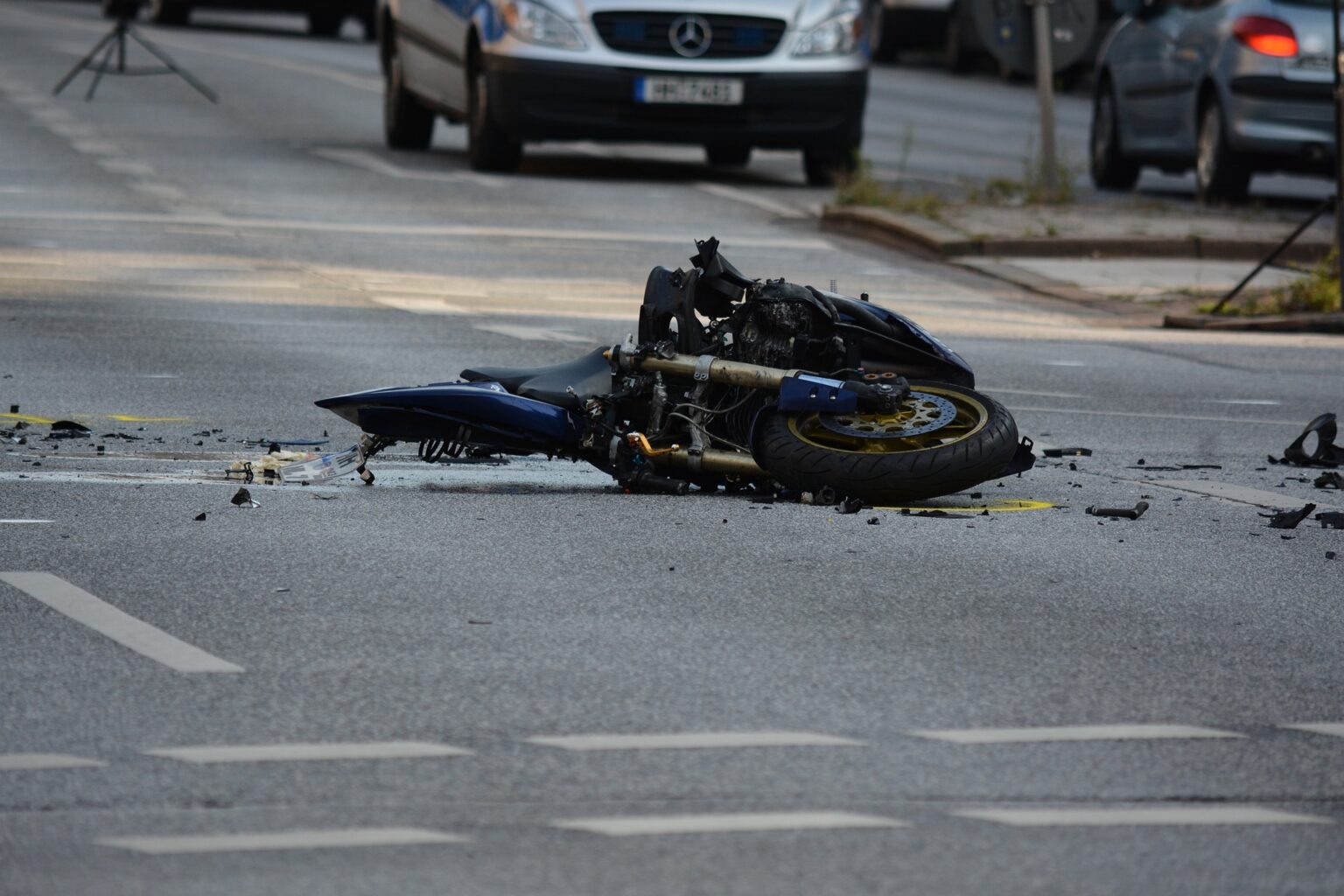
Understanding the Causes of Motorcycle Accidents in Indianapolis: An Analysis of Recent Data
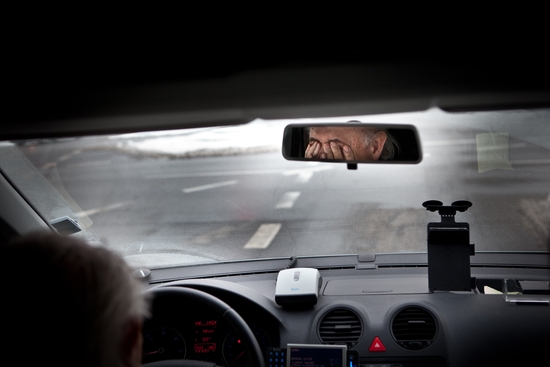
Indianapolis Drunk Driving Accidents and How to Handle them with a Personal Injury Attorney

Two Mothers & Two 12-year-old Daughters Killed in Crash While Headed to Volleyball Tournament

